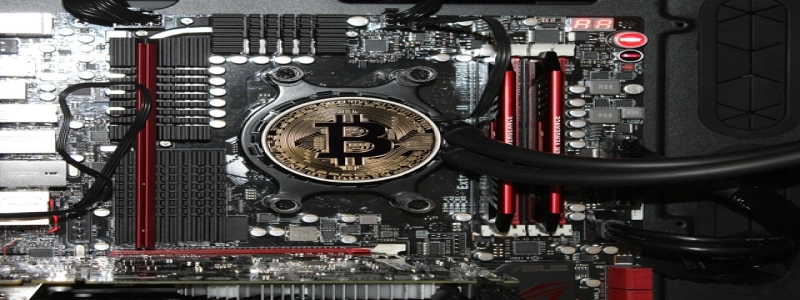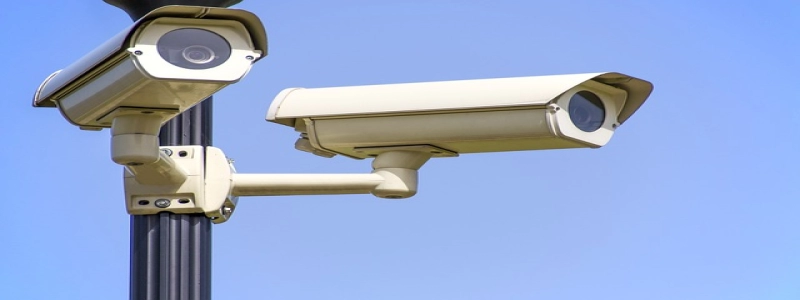When Were Fiber Optic Cables Invented
I. Introduction
A. Definition of fiber optic cables
B. Importance of fiber optic cables in telecommunications
II. Early developments in fiber optic technology
A. Theoretical concepts in the 19th century
B. Experimental demonstrations in the early 20th century
III. First practical application of fiber optic cables
A. Development of low-loss fibers in the 1960s
B. First functioning fiber optic system in the 1970s
IV. Advancements and commercialization of fiber optic cables
A. Improvement in transmission speeds and bandwidth capacity
B. Expansion of fiber optic networks globally
V. Impact of fiber optic cables on telecommunications
A. Revolutionizing long-distance communication
B. Enabling faster internet speeds and data transfer
VI. Conclusion
A. Recap of the invention and development of fiber optic cables
B. Emphasis on the importance of fiber optic cables in the modern world
I. Introduction
Fiber optic cables are a vital component of modern telecommunications systems. These cables consist of thin strands of glass or plastic that carry signals in the form of light pulses. Their invention and development have revolutionized the way information is transmitted across vast distances. In this article, we will explore when fiber optic cables were invented and how they have transformed the telecommunications industry.
II. Early developments in fiber optic technology
The concept of using light to transmit information through cables can be traced back to the 19th century. Scientists such as William Wheeler and John Tyndall explored the phenomenon of total internal reflection, which describes how light can bounce off the walls of a medium without any loss of energy. These theoretical ideas laid the groundwork for later advancements in fiber optic technology.
In the early 20th century, further progress was made in experimenting with light transmission through glass fibers. In 1920, Clarence W. Hansell proposed the idea of using thin glass rods to transmit images. However, practical applications of these early experiments were limited due to the high loss of light during transmission.
III. First practical application of fiber optic cables
The breakthrough for fiber optic cables came in the 1960s when researchers at the Corning Glass Works developed low-loss fibers made of glass. These fibers significantly reduced light loss during transmission, making practical applications feasible.
In 1970, Corning Glass Works produced the first functioning fiber optic system that could transmit data over long distances. This led to the commercialization of fiber optic cables, and their use began to spread rapidly.
IV. Advancements and commercialization of fiber optic cables
Over the years, fiber optic technology has continuously improved. Advancements in manufacturing techniques have led to the development of fibers with even lower losses, allowing for longer transmission distances and higher data rates.
The commercialization of fiber optic cables gained momentum in the following decades. As demand for high-speed telecommunications increased, fiber optic networks were established globally. Today, these networks form the backbone of modern communication systems, connecting people and organizations across the globe.
V. Impact of fiber optic cables on telecommunications
The invention of fiber optic cables has revolutionized long-distance communication. Previously, copper wires were used for transmitting signals, but they suffered from signal degradation and limited bandwidth. Fiber optic cables, on the other hand, can transmit information over much longer distances without any loss in signal quality.
Furthermore, fiber optic cables enable faster internet speeds and data transfer. They have played a crucial role in the development of broadband internet, allowing for seamless streaming of high-definition videos, rapid file sharing, and reliable online communication.
VI. Conclusion
In conclusion, fiber optic cables were invented and developed from the theoretical concepts of total internal reflection in the 19th century to the commercialized technology we have today. Thanks to ongoing advancements, fiber optic cables have revolutionized the telecommunications industry, enabling efficient and rapid long-distance communication. With the increasing demand for faster and more reliable internet connections, fiber optic cables will continue to be essential in shaping the future of telecommunications.








